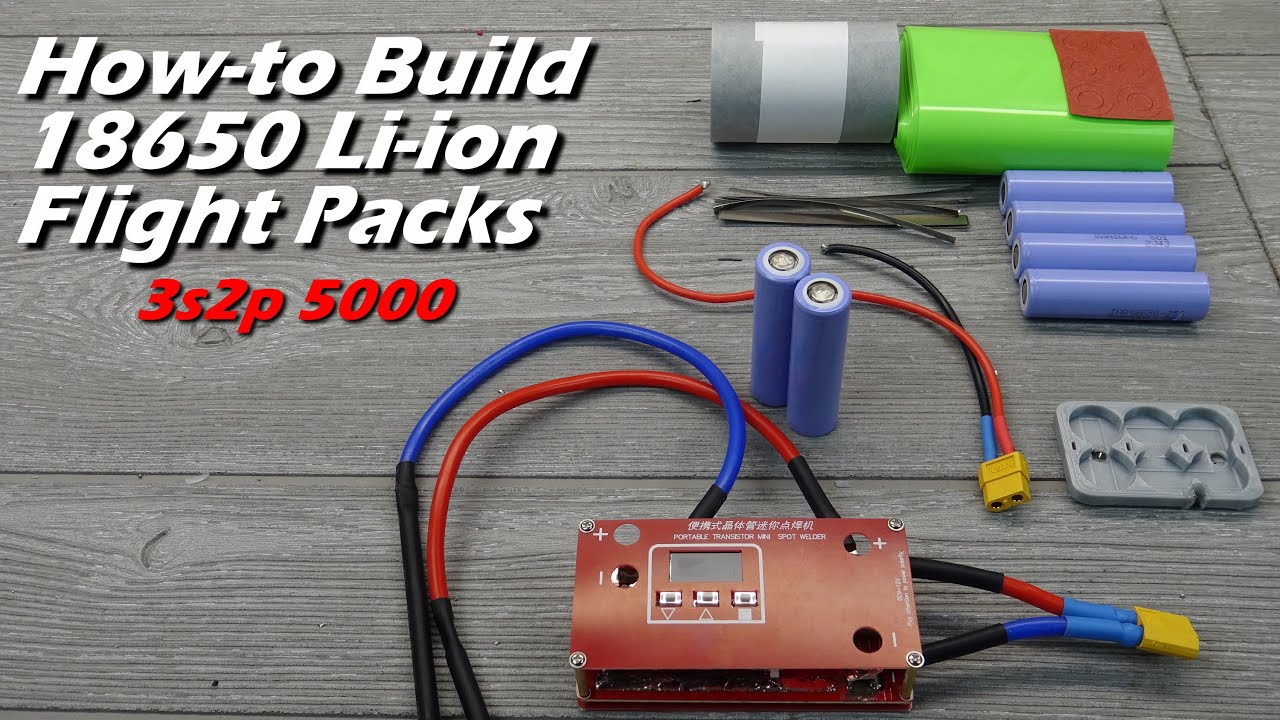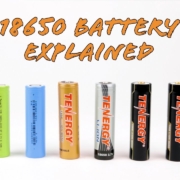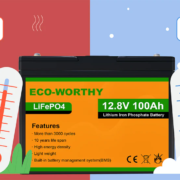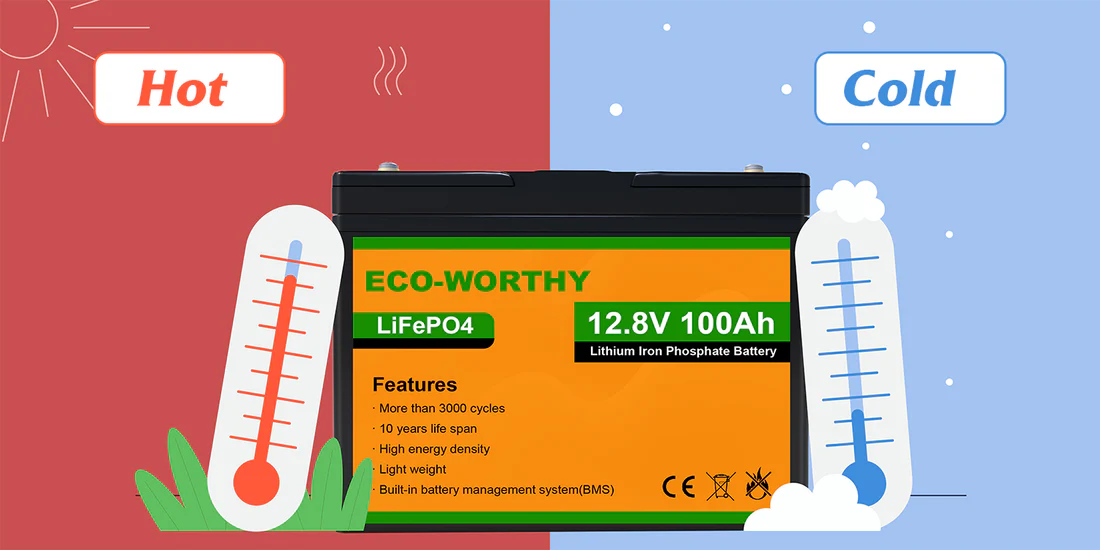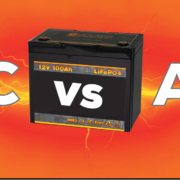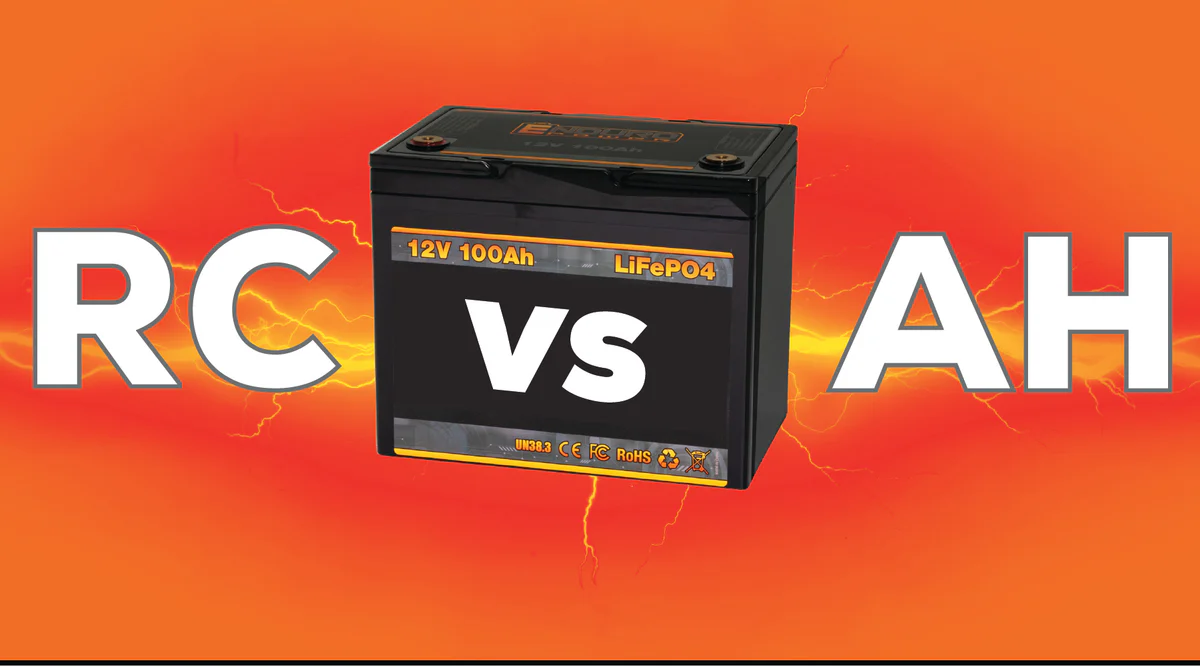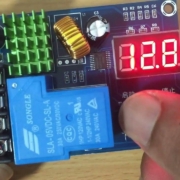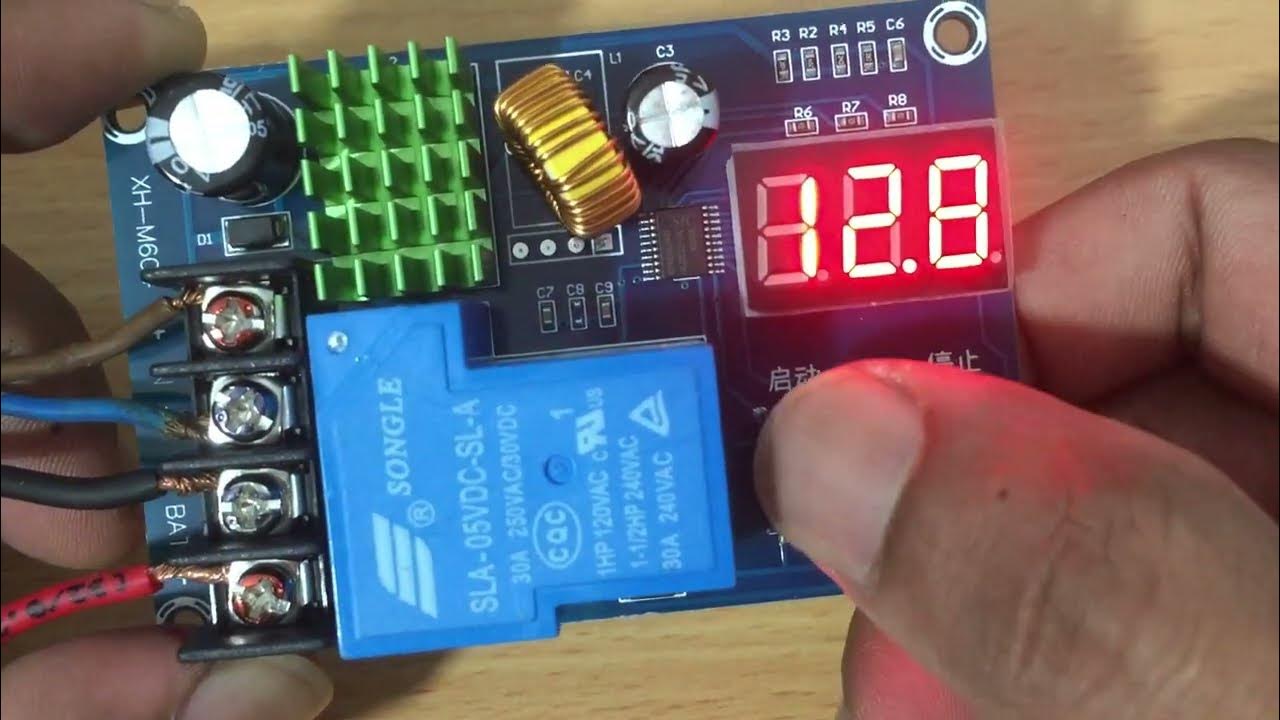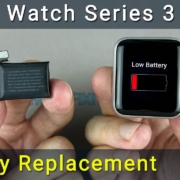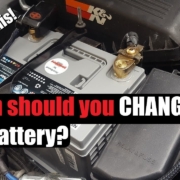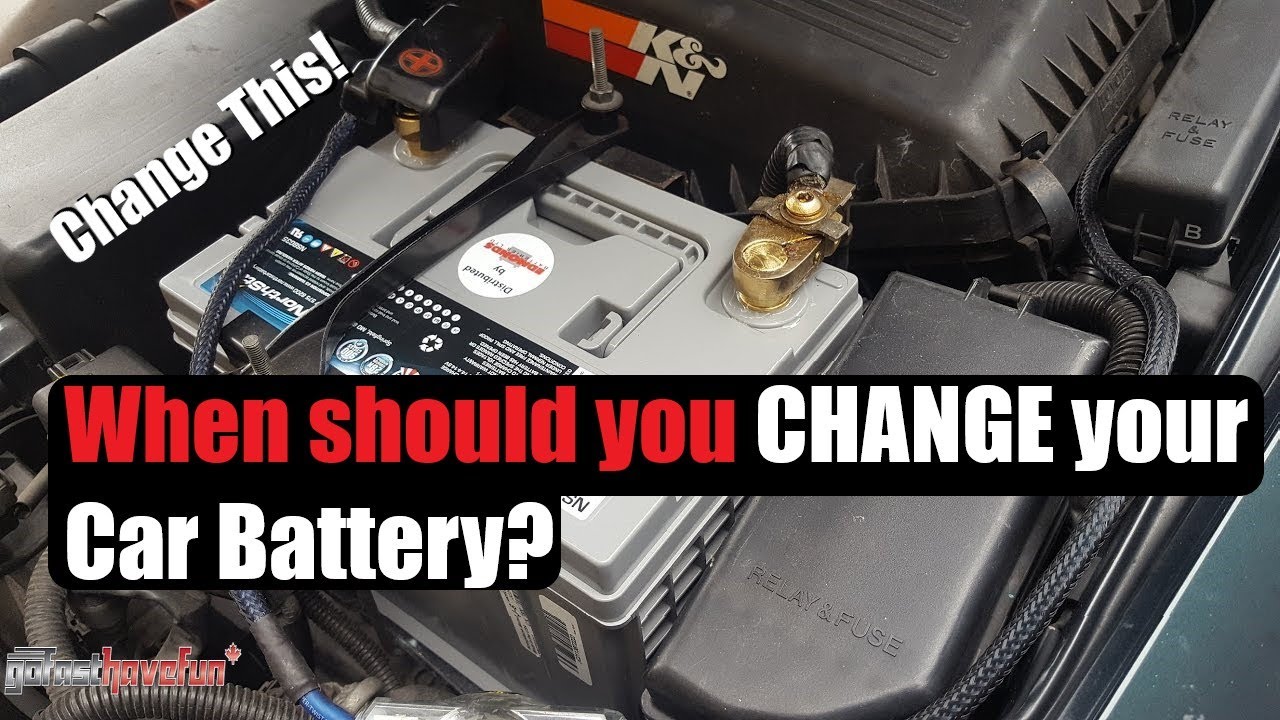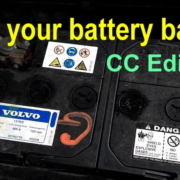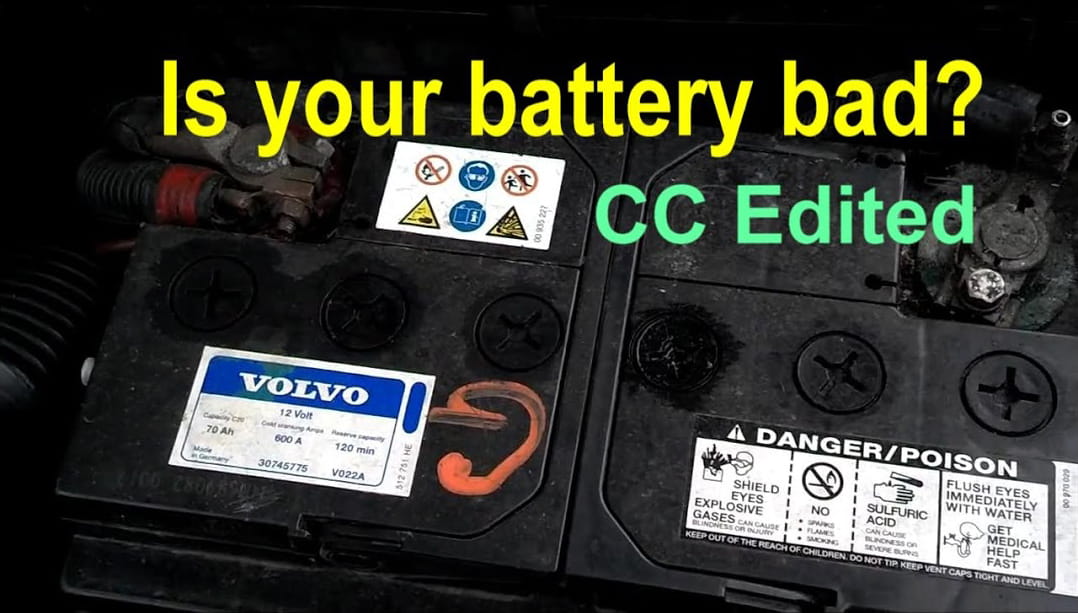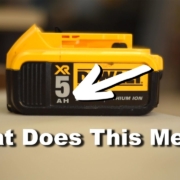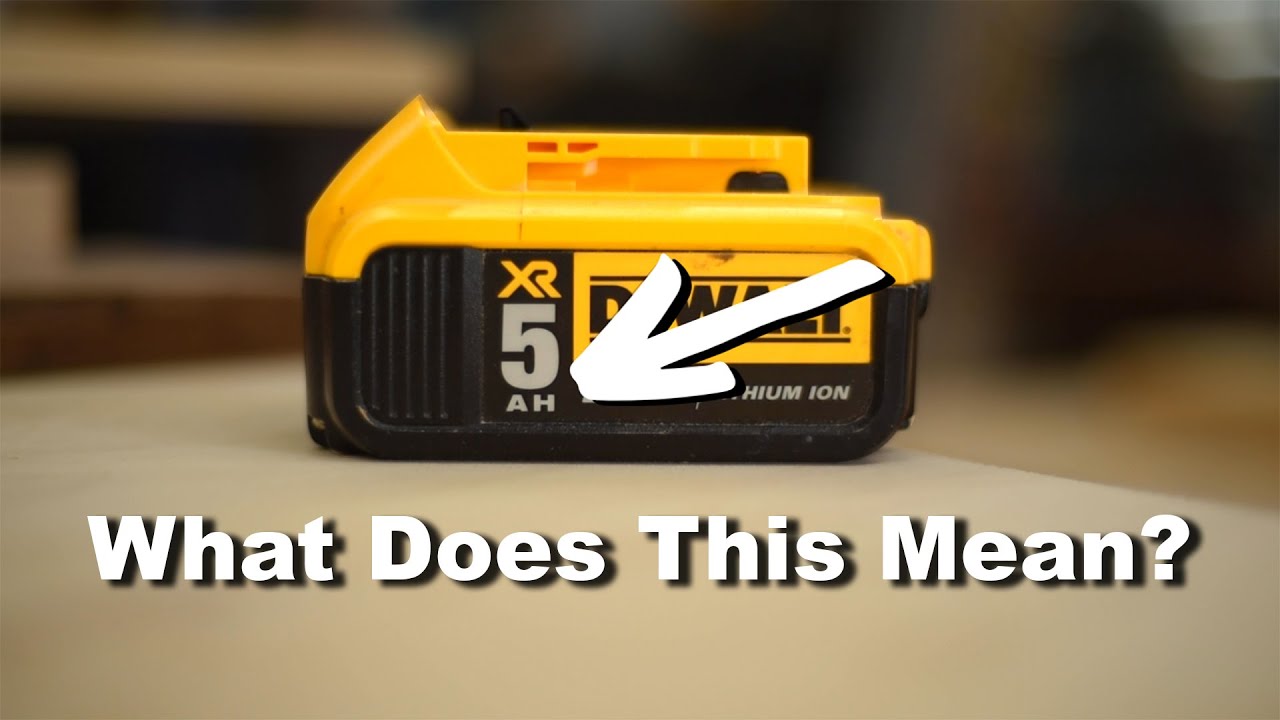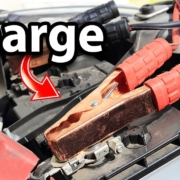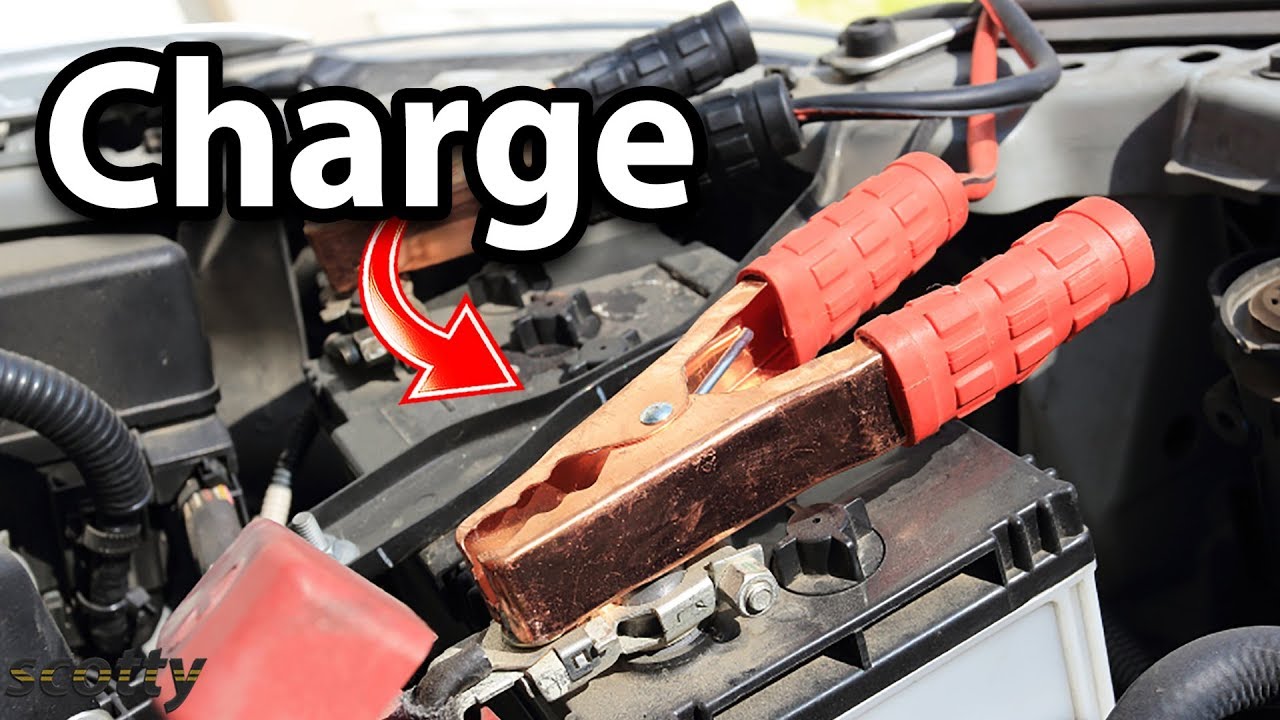2025'te en iyi 18650 pili aramak çok zor olabilir. Dikkate alınması gereken çok sayıda seçenek ve özellik varken, ihtiyaçlarınız için hangisinin doğru olduğunu nasıl bilebilirsiniz? Hevesli bir el feneri tutkunu olarak, yıllar boyunca 18650 pillerin adil payını test ettim.
Bu nihai kılavuzda, bir profesyonel olarak 18650 pil paketleri üreticisi2025'te performans, güvenlik ve özel uygulamanıza göre ideal 18650 lityum iyon pili bulmak için bilmeniz gereken her şeyi size anlatacağım.
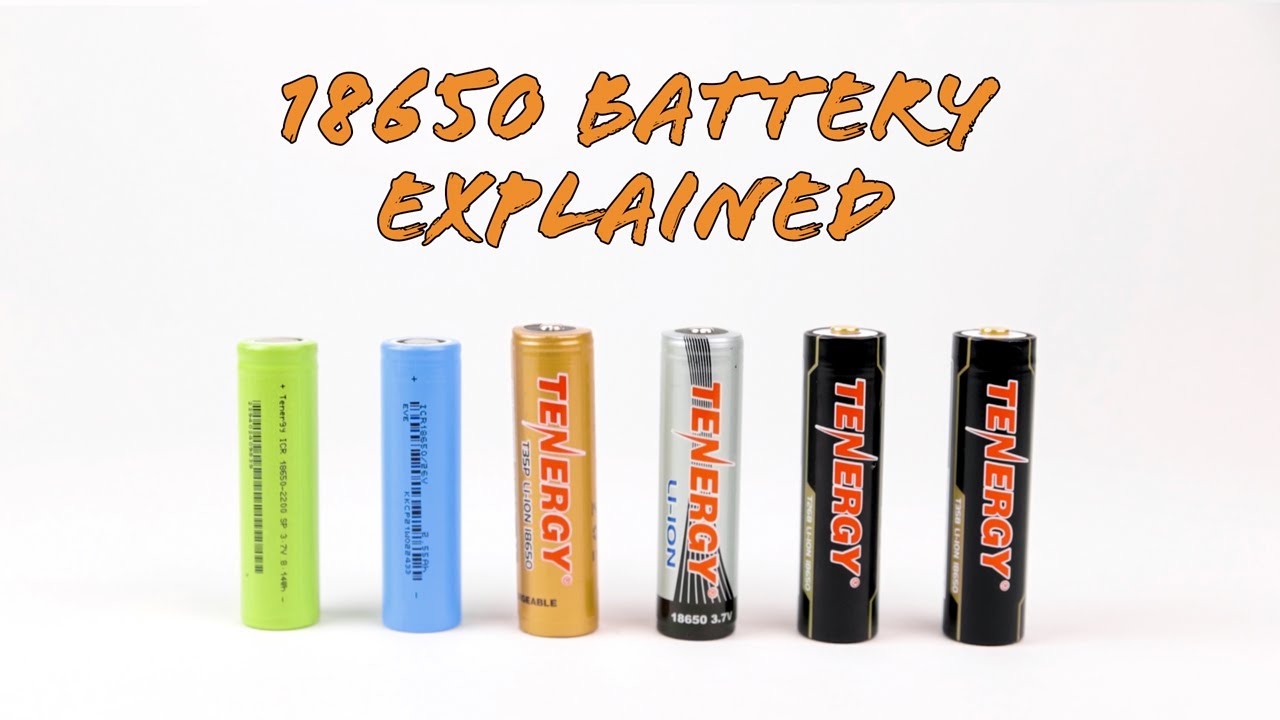
En İyi 18650 Pil Nasıl Seçilir
En iyi 18650 pili ararken göz önünde bulundurulması gereken üç temel faktör vardır:
Kapasite ve Deşarj Performansı
Bir 18650 bataryada aranacak en önemli özellikler şunlardır kapasitemiliamper-saat (mAh) cinsinden ölçülür. mAh ne kadar yüksekse, yeniden şarj edilmesi gerekmeden önce cihazınıza o kadar uzun süre güç sağlayacaktır.
Bununla birlikte, gerçek performans sürekli olarak deşarj oranıBu, uzun süreler boyunca ne kadar akımın güvenli bir şekilde çekilebileceğini gösterir. Elektronik sigara veya el feneri gibi yüksek deşarjlı kullanımlar için 10A veya daha yüksek deşarj değerlerine sahip pilleri seçin.
Şarj Döngüsü Ömrü
Günümüzde çoğu kaliteli 18650, önemli kapasite kaybından önce 300 ila 500 şarj döngüsü sunar. Birinci sınıf Japon veya Kore hücreleri 1.500 çevrime ulaşabilir. Bir pil kapasitesini ne kadar uzun süre korursa, değiştirmeniz gerekmeden önce ondan o kadar fazla değer elde edersiniz.
Güvenlik Sertifikaları
Satın alacağınız herhangi bir 18650 aşırı şarj, kısa devre ve termal (ısı) koruma gibi temel güvenlik mekanizmalarına sahip olmalıdır. Meşru piller UL ve CE gibi kuruluşlardan güvenlik testi sertifikalarına sahip olacaktır. Bağımsız güvenlik doğrulaması olmayan isimsiz pillerden uzak durun.
Bu yönergeleri izlediğinizde, tüm 2025 uygulamalarınız için güvenilir, uzun ömürlü 18650 pillere sahip olacaksınız. Şimdi, farklı performans kademeleri ve form faktörlerindeki bazı en iyi önerileri inceleyelim.
En İyi Korumalı 18650 Piller
Korumalı 18650 piller, aşırı deşarj, aşırı şarj, aşırı akım (kısa devre) ve aşırı ısınma gibi yaygın sorunlara karşı koruma sağlayan küçük bir devre kartına sahiptir. Bunu voltaj ve akımı düzenleyen mini bir güvenlik anahtarı gibi düşünün.
İşte 2025 yılında korumalı 18650'ler için en iyi seçimlerim:
Epoch Korumalı 18650 3500mAh
Yüksek kapasite ve yetenekli deşarj performansı arasında sağlam bir denge sunan Epoch Protected 18650 3500mAh pil, 2025 yılında çoğu kullanıcı için en iyi seçimim olarak öne çıkıyor.
Anahtar Özellikler:
- Kapasite: 3500mAh
- Maks. Deşarj: 8A sürekli
- Boyut: 65mm (L) x 18mm (D)
- Korumalar: Aşırı deşarj, aşırı şarj, kısa devre
Korumalı hücreler arasında en yüksek kapasitelerden birine sahip olan Epoch 18650, el feneri ve diğer orta drenajlı kullanımlar için mükemmel çalışma süreleri sunar. Dahili USB-C şarjı ile hızlı bir şekilde şarj olur ve 300+ şarj döngüsü sunar.
Ultra yüksek deşarjlı cihazlar için tasarlanmamış olsa da, bu pilin geniş kapasitesi ve 8A deşarj değeri, 2025 yılında el fenerleri, pil bankaları, vape'ler ve daha fazlası için çok yönlü bir seçim olmasını sağlar.
Sony US18650VTC6 Korumalı
Korumalı bir pilden daha fazla güç almanız gerekiyorsa, saygıdeğer Sony US18650VTC6, korumalı versiyonunda daha düşük 3000 mAh kapasite ile 30A maksimum deşarj sağlar.
Anahtar Özellikler:
- Kapasite: 3000mAh
- Maksimum Deşarj: 20A sürekli, 30A tepe
- Boyut: 65mm (L) x 18mm (D)
- Korumalar: Aşırı deşarj, aşırı şarj, kısa devre
Sony VTC6 pil, yüksek deşarj kapasitesi sayesinde uzun süredir elektronik sigaranın vazgeçilmezleri arasında yer alıyor ve sub-ohm donanımları idare edebiliyor. Bu korumalı varyant, etkileyici performansını korurken bir güvenlik katmanı da ekliyor.
20A sürekli çekme ve 3000mAh kapasite ile taktik el fenerleri ve kısa patlamalarda yüksek akım gerektiren diğer cihazlar için de mükemmel çalışır.
Samsung 30Q Korumalı
Uzun zamandır favori olan bir başka 18650, Samsung 30Q'da korumalı bir makyaj alıyor. Yukarıdaki Epoch ve Sony seçenekleri arasında yer alıyor ve bu da onu dengeli bir çok yönlü seçim haline getiriyor.
Anahtar Özellikler:
- Kapasite: 3000mAh
- Maksimum Deşarj: 15A sürekli
- Boyut: 65mm (L) x 18mm (D)
- Korumalar: Aşırı deşarj, aşırı şarj, kısa devre
Kapasitesi yukarıdaki Epoch 3500mAh pilin gerisinde kalsa da, Samsung 30Q aslında yüksek deşarj altında daha iyi verimlilik ve voltaj kararlılığı ölçer. Bu da onu büyük bulutların peşinde koşan vapers için mükemmel bir seçim haline getiriyor.
Taşınabilir şarj, DIY pil paketleri ve orta sınıf çekme cihazları için 3000mAh kapasite de iyi çalışma süreleri sağlar. Ve 5A+ sürekli akımda, çoğu el fenerini veya e-cig'i hala besleyebilir.
En İyi Korumasız 18650 Piller
Korumasız 18650 hücreler dahili korumalardan yoksundur, bu da üreticilerin daha yüksek performans elde etmesini sağlar. Ancak koruma devreleri olmayan veya dikkatli kullanılmayan cihazlarda tehlikeli hale gelirler.
İşte 2025'in en iyi korumasız 18650 pilleri için seçtiklerim:
Samsung 30Q Korumasız
Saygıdeğer Samsung 30Q yine en iyi seçenek olarak değerlendiriliyor, bu kez biraz daha fazla güç elde etmek için korumasız formda.
Anahtar Özellikler:
- Kapasite: 3000mAh
- Deşarj: 15A sürekli, 20A darbe
- Boyut: 65mm (L) x 18mm (D)
Yedek korumalardan yoksun olması, bu Samsung hücresinin test ettiğim diğer 15A+ akülere kıyasla üstün kapasite koruması ve voltaj regülasyonu ile verimli çalışmasını sağlıyor.
Caution: This battery requires an external protection circuit when used outside battery packs. Always use caution and check specs when applying unprotected cells.
Sony VTC6 Unprotected
With its high 30A discharge limit, the unprotected Sony VTC6 reigns supreme for hardcore vaping and other ultra-high drain uses. Just be careful!
Anahtar Özellikler:
- Kapasite: 3000mAh
- Discharge: 30A continuous
- Boyut: 65mm (L) x 18mm (D)
The VTC6 cuts no corners in pursuit of maximum power delivery, evidenced by truly monstrous coils this battery can drive. Again, applying safety measures is a must with this beast.
Downsides are poorer efficiency and capacity loss compared to the 15A Samsung above. But for pure current capability, Sony packs a knockout punch here in 2025.
Sanyo NCR18650GA
If you want to maximize runtime over sheer power, the impressive Sanyo NCR18650GA delivers a class-leading 3500mAh capacity.
Anahtar Özellikler:
- Kapasite: 3500mAh
- Discharge: 10A continuous
- Boyut: 65mm (L) x 18mm (D)
While only supporting 10A continuous discharge, this Panasonic-made cell runs efficiently, retaining higher capacity as the voltage drops.
The NCR18650GA works well in multi-cell applications like battery banks and packs, allowing safe harvesting of that big 3500mAh capacity. Just mind external protections when charging or discharging.
Best 18650 Battery Chargers
To get the most lifespan from your lithium-ion batteries, using a dedicated smart charger is highly advisable over charging via USB or in-device.
Here are my top 18650 battery charger picks for 2025:
Xtar VC4S
My favorite multi-cell lithium-ion charger for 2025 is the Xtar VC4S, balancing high charging speed with advanced functionality and displays.
Capable of charging four cells simultaneously at 1A, 2A, or 3A rates (with independent bay monitoring), this versatile charger auto-detects battery chemistry and status for optimal charging.
Its informative LED display reports real-time voltage, charging mode/speed, and internal resistance for each cell. Very useful!
At a reasonable price point, the VC4S packs tremendous value on features, compared to a basic charger. From 18650s to 21700s, this charger has all sizes covered with adjustable contacts.
Liitokala Lii-500
Offering similar capabilities in a more portable form factor, the Liitokala Lii-500 makes an excellent travel companion for 18650 charging on the go.
Like the Xtar above, this charger auto-adjusts charging speed and cutoff voltages depending on the detected battery type. Its single bay charges at 0.5A, 1A, or 2A rates.
Five battery profile preset slots allow customizing charge modes for the batteries you own most. And swapping cells is easy with spring-loaded contacts securing various widths.
For hobbyists or travelers needing to top up 18650 and other lithium batteries day-to-day, the Lii-500 is a handy pickup for 2025.
Wrapping Up
Finding the best 18650 lithium-ion battery for your needs requires carefully weighing capacities, discharge capabilities, and safety precautions.
I hope this guide steered you towards some stellar options meeting your runtime, power, and budget needs in 2025 and beyond!
Stay safe and let the good times roll, my battery friend! As always, hit me up with any questions in the comments below.
P.S. Once you settle on an 18650 model you like, consider picking up a multi-pack for the price savings per cell. Happy bargain hunting!
